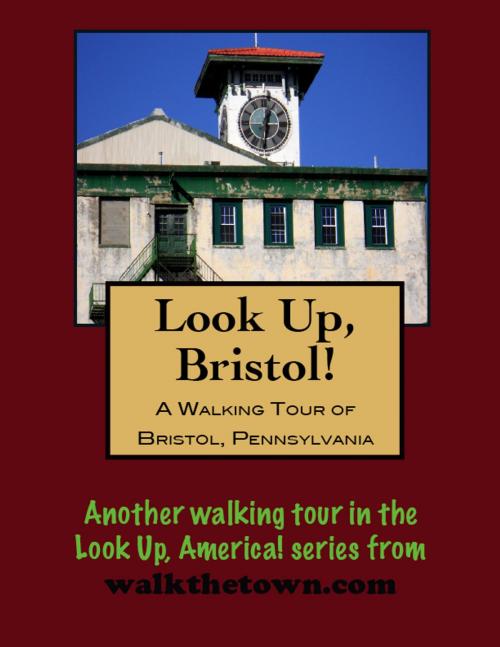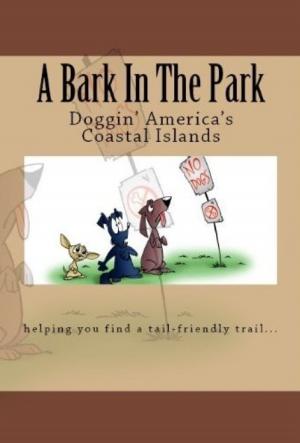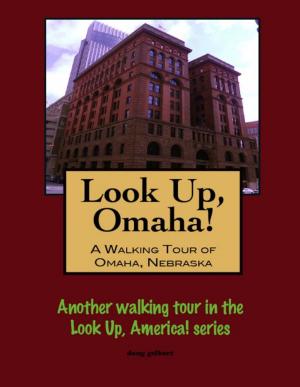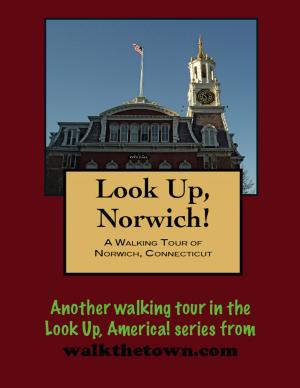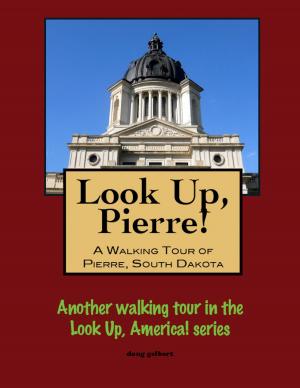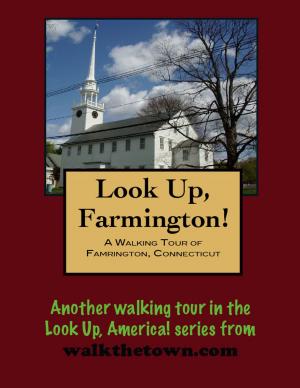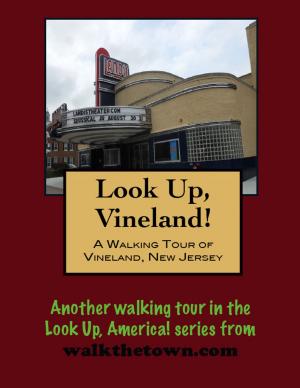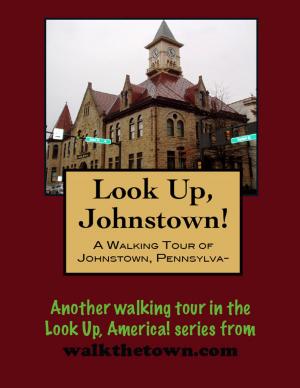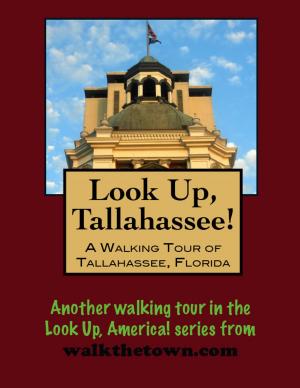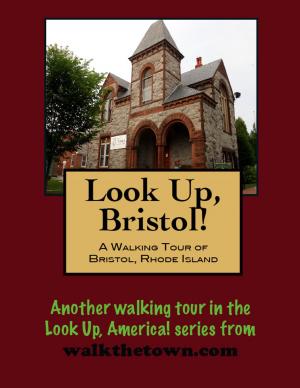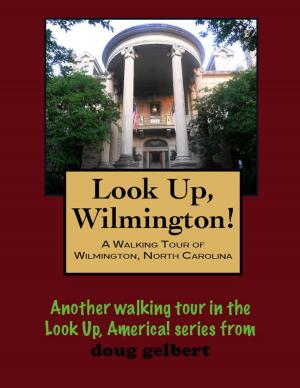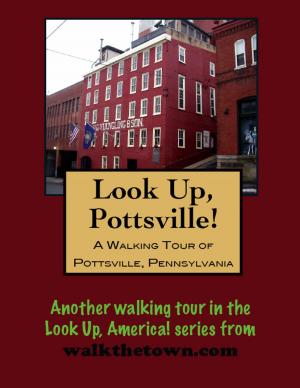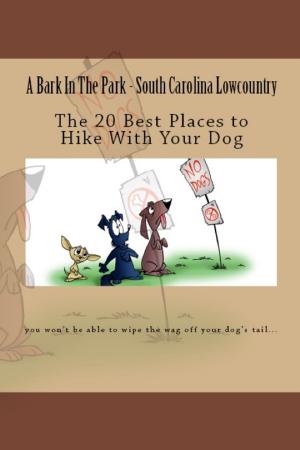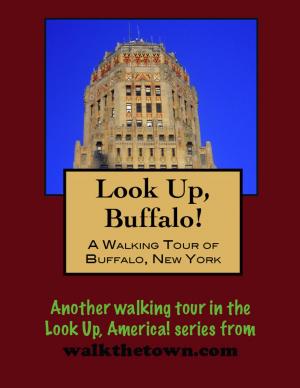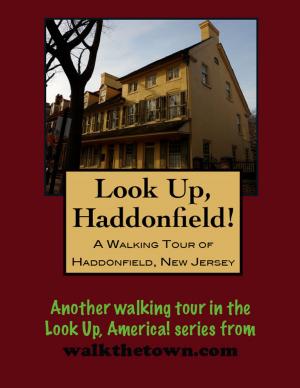| Author: | Doug Gelbert | ISBN: | 9781458053190 |
| Publisher: | Doug Gelbert | Publication: | January 30, 2011 |
| Imprint: | Smashwords Edition | Language: | English |
| Author: | Doug Gelbert |
| ISBN: | 9781458053190 |
| Publisher: | Doug Gelbert |
| Publication: | January 30, 2011 |
| Imprint: | Smashwords Edition |
| Language: | English |
There is no better way to see America than on foot. And there is no better way to appreciate what you are looking at than with a walking tour. Whether you are preparing for a road trip or just out to look at your own town in a new way, a downloadable walking tour is ready to explore when you are.
Each walking tour describes historical and architectural landmarks and provides pictures to help out when those pesky street addresses are missing. Every tour also includes a quick primer on identifying architectural styles seen on American streets.
Bristol dates from 1681 and the arrival of Samuel Clift. To take legal possession of his grant of 262 acres from Governor Edmund Andros of New York, including today's town, Clift was required to start a "ferry against Burlington" and to maintain a public house. The town was named Buckingham and the county, in English tradition would be named for its new principle town: Buckinghamshire, shire being the county. The mouthful would soon be shortened to "Bucks."
The settlement composed primarily of Quakers grew around the ferry, and in 1697 residents petitioned the Provincial Council to establish the community as a market town. During the last half of the 18th century Bristol gained prominence as a ferry landing and a way station for the New York to Philadelphia stagecoach. Between the 1780s and the 1820s it became famous for its spa, as people flocked to Bath Springs to take the waters. The curative powers were touted by Dr. Benjamin Rush and Benjamin Franklin - a golden endorsement in Colonial Philadelphia. A number of wealthy residents soon settled in the area and built large grand residences.
In 1832 a 60-mile canal was completed between Easton and Bristol, making the Delaware River navigable for barges floating anthracite coal out of the Pennsylvania mountains to the prime markets of Philadelphia and New York. The main railroad line connecting Philadelphia to New York arrived two years later and all the elements were in place for Bristol's economic growth. Even after an outlet to the river from the canal was opened upstream in New Hope allowing barges with the black gold to slip out the back door and onto the Delaware & Raritan Canal to New York City industrial progress did not abate. The first of the larger manufacturers was the Grundy Woolen Mill, which began production in 1876. Other mills followed with a variety of manufactured goods including wallpaper, ladies’ garments, patent leather, fringe and braids, cast iron products, woolen rugs and carpets, hosiery, woolen cloth and wooden products.
Bristol, the third oldest town in Pennsylvania and most important industrial town in Bucks County, continued churning out manufactured goods well into the 1900s but by the time the town celebrated its Tricentennial in 1981 it was ready to turn the page. The canal was decades closed and its lagoon by the Delaware River filled in and converted to a park. A railroad spur into town also was closed and converted into a park. The land that had contained the famous mineral spas was a shopping plaza. As it looked forward to its fourth century, Bristol reached back into its past and created an historic district in its downtown. More than 300 residential and commercial buildings qualified for inclusion, some dating back to the early 18th century.
Our walking tour will commence at the confluence of the old canal and the Delaware River where a large parking lot provides easy access to the town, just as the water did centuries ago...
There is no better way to see America than on foot. And there is no better way to appreciate what you are looking at than with a walking tour. Whether you are preparing for a road trip or just out to look at your own town in a new way, a downloadable walking tour is ready to explore when you are.
Each walking tour describes historical and architectural landmarks and provides pictures to help out when those pesky street addresses are missing. Every tour also includes a quick primer on identifying architectural styles seen on American streets.
Bristol dates from 1681 and the arrival of Samuel Clift. To take legal possession of his grant of 262 acres from Governor Edmund Andros of New York, including today's town, Clift was required to start a "ferry against Burlington" and to maintain a public house. The town was named Buckingham and the county, in English tradition would be named for its new principle town: Buckinghamshire, shire being the county. The mouthful would soon be shortened to "Bucks."
The settlement composed primarily of Quakers grew around the ferry, and in 1697 residents petitioned the Provincial Council to establish the community as a market town. During the last half of the 18th century Bristol gained prominence as a ferry landing and a way station for the New York to Philadelphia stagecoach. Between the 1780s and the 1820s it became famous for its spa, as people flocked to Bath Springs to take the waters. The curative powers were touted by Dr. Benjamin Rush and Benjamin Franklin - a golden endorsement in Colonial Philadelphia. A number of wealthy residents soon settled in the area and built large grand residences.
In 1832 a 60-mile canal was completed between Easton and Bristol, making the Delaware River navigable for barges floating anthracite coal out of the Pennsylvania mountains to the prime markets of Philadelphia and New York. The main railroad line connecting Philadelphia to New York arrived two years later and all the elements were in place for Bristol's economic growth. Even after an outlet to the river from the canal was opened upstream in New Hope allowing barges with the black gold to slip out the back door and onto the Delaware & Raritan Canal to New York City industrial progress did not abate. The first of the larger manufacturers was the Grundy Woolen Mill, which began production in 1876. Other mills followed with a variety of manufactured goods including wallpaper, ladies’ garments, patent leather, fringe and braids, cast iron products, woolen rugs and carpets, hosiery, woolen cloth and wooden products.
Bristol, the third oldest town in Pennsylvania and most important industrial town in Bucks County, continued churning out manufactured goods well into the 1900s but by the time the town celebrated its Tricentennial in 1981 it was ready to turn the page. The canal was decades closed and its lagoon by the Delaware River filled in and converted to a park. A railroad spur into town also was closed and converted into a park. The land that had contained the famous mineral spas was a shopping plaza. As it looked forward to its fourth century, Bristol reached back into its past and created an historic district in its downtown. More than 300 residential and commercial buildings qualified for inclusion, some dating back to the early 18th century.
Our walking tour will commence at the confluence of the old canal and the Delaware River where a large parking lot provides easy access to the town, just as the water did centuries ago...
